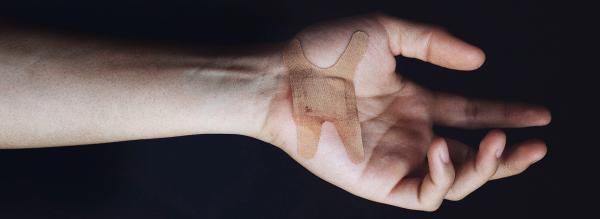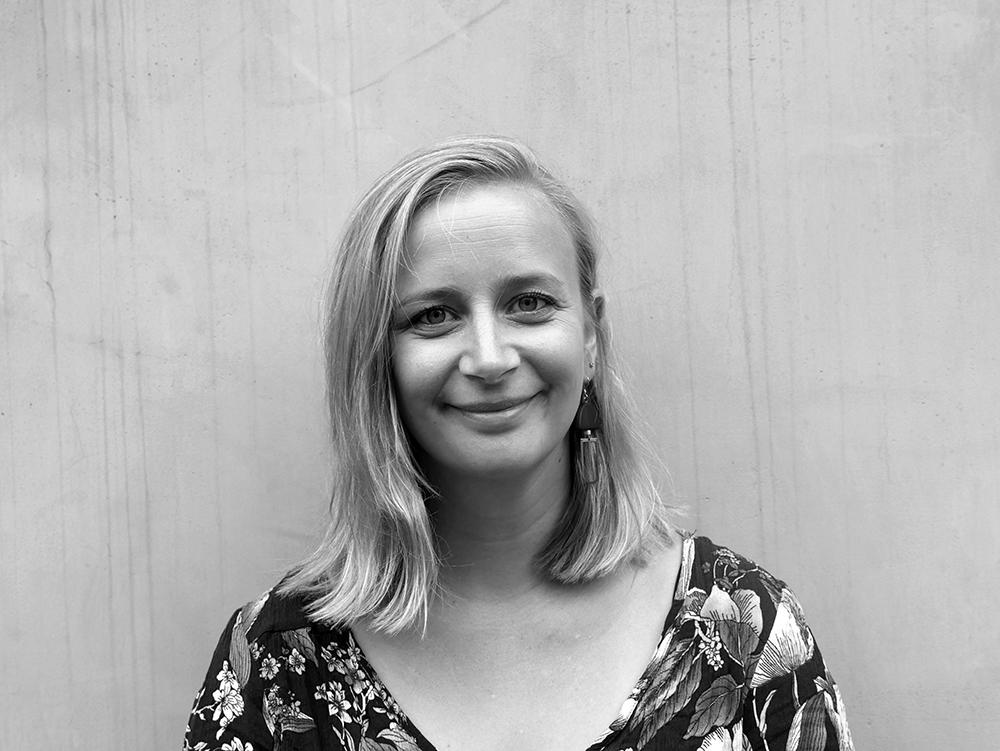
A different way of working – together
A Social Impact Grant of $5000 has helped create powerful new relationships – facilitating projects between UTS and a not-for-profit social service run by Aboriginal women in Redfern.
Nelly’s Healing Centre has a two-fold mission – to support healing for Indigenous women and do so in ways specifically designed to meet their cultural needs.
However, articulating Nelly’s aims in ways that make sense to both clients – some of whom whose children have been removed or who have spent time in prison – and to government funding bodies isn’t always easy, explains Lucy Klippan, who works out of UTS’s Design Innovation Research Centre (DIRC), and Giti Datt.
There’s obviously a big gap between government bureaucracies and the lives of many of the people who may need their assistance, but also between the world of social services and that of a university, says Giti.
Part of what we’re doing is trying to understand what it is Nelly’s are trying to provide and how they are trying to do it and find a way of expressing that visually, verbally, which is true to that, but which doesn’t replicate or mimic government services.
Intake forms are a case in point. As the first official point of contact between an organisation and someone wanting to access services like counselling or legal assistance, they can ultimately determine if that person continues to seek help – especially if they cover difficult ground like prior convictions and personal relationships.
Given the inherent power imbalance between a small not-for-profit run by Aboriginal women and a large mainstream higher education institution like UTS, developing new approaches to intake for Nelly’s was never going to be straightforward.
There’s a long history of researchers going in and taking data that is ultimately of no benefit really to the Aboriginal people who are providing it – it was something we were conscious of and wanted to get away from, from the very beginning - Giti
For this reason, co-designing new approaches required sensitivity. But it also required the ability to listen – a skill often undervalued by academia.
In design we often use tools, particularly ‘empathy tools’, and processes and frameworks and things like that in order to extract information and then do ‘human-centred design’, but the designer is still essentially the expert, the designer still has all of the power.
An academic focus on ‘objectivity’ can mean those working at universities feel obliged to jettison personal relationships and the effect they might have on project outcomes. But with the powerful advocates on the Board at Nelly’s – some of whom have lived experience of the problems they are trying to help solve – this approach clearly wasn’t going to fly.
I think quite quickly we worked out that we had to leave a lot at the door when we started having conversations with people - Lucy
It’s been an amazing experience to be able to work with these women and be able to build ongoing relationships. It’s completely different from other work we do or work we’ve done. There is a shared feeling and sense of trust between Nelly and us now, which has been great.
Acknowledging the personal, accepting the limits of what you can know and respecting the views of others was core to the project's ongoing success – not only in producing collateral for conferences but in building lasting relationships, says Giti.
This project was not just about project outputs but fundamentally about this partnership. To be perfectly frank, it’s ongoing. It’s not like we’ve arrived. It’s constantly going on, this negotiation; it’s something we’re constantly learning and re-learning how to do.
The Problem
Articulating the aims of the Indigenous women’s support service – Nelly’s Healing Centre – in ways that made sense to both the centre’s clients and to government funding bodies was proving challenging.
The Response
A strong trusting relationship was built between DIRC and the Board of Nelly’s. Out of this, a service model was co-developed that utilised the strengths and experience of everyone involved.
What helped accomplish this?
Lucy Klippan credits the women at Nelly’s with transforming her expectations of what an academic project could look like. “It’s been an amazing experience. It’s completely different to other work… that we’ve done.”
What has changed as a result?
The project team created a poster used at the 2019 Health Justice Conference. They’ll also be presenting together on building partnerships between universities and Indigenous-led organisations at a conference in February next year.
Download full case study

